Pistachio Tree Profile
Written by Joy
Jan 30 2023
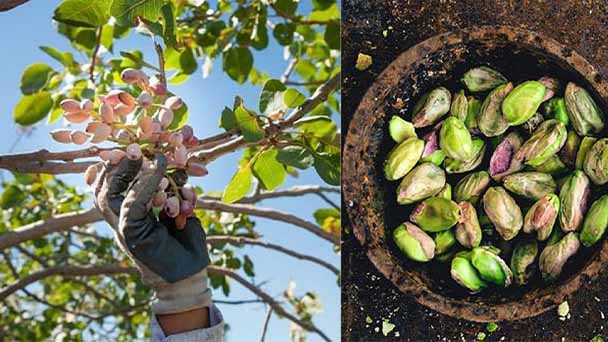
Pistachio trees are small deciduous trees. The height of the tree is about 10 meters, with odd-numbered pinnate compound leaves, and it has long age and slow growth. The seedlings need at least six years to bear fruit from the first year of seed planting. The fruiting rate increases year by year. The fruit is larger, oblong and long. It is about 2 cm wide and about 1 cm wide, and turns yellow-green or pink when cooked. It is native to Syria, Iraq, Iran, the southwest of the former Soviet Union and southern Europe, and then spread to remote areas of China.
Pistachio Tree Morphological CharacteristicsPistachio Tree Growth Habit & Growing Environment1. Requirements and Adaptation to Soil2. Requirements and Adaptation to Moisture3. Requirements and Adaptation to HeatPistachio Efficacy and RoleHeart BodyguardProtect EyesightMake the Body SlimPistachio Tree Cultivation
Pistachio Tree Morphological Characteristics
The pistachio tree is about 10 meters high, with odd-numbered pinnately compound leaves, and 3 to 5 small leaves. The leaflets are oval or broad-elliptic, 4-10 cm long and 2.5-6.5 cm wide. The panicle is 4-10 cm long. It is dioecious, and male flowers have 3 to 5 tepals, varying in size. Female has 3 to 5 flower tepals, and it is membranous. The ovary is ovoid, the fruit is larger, oblong, about 2 cm long and 1 cm wide. The apex is sharp, yellowish green or pink when cooked.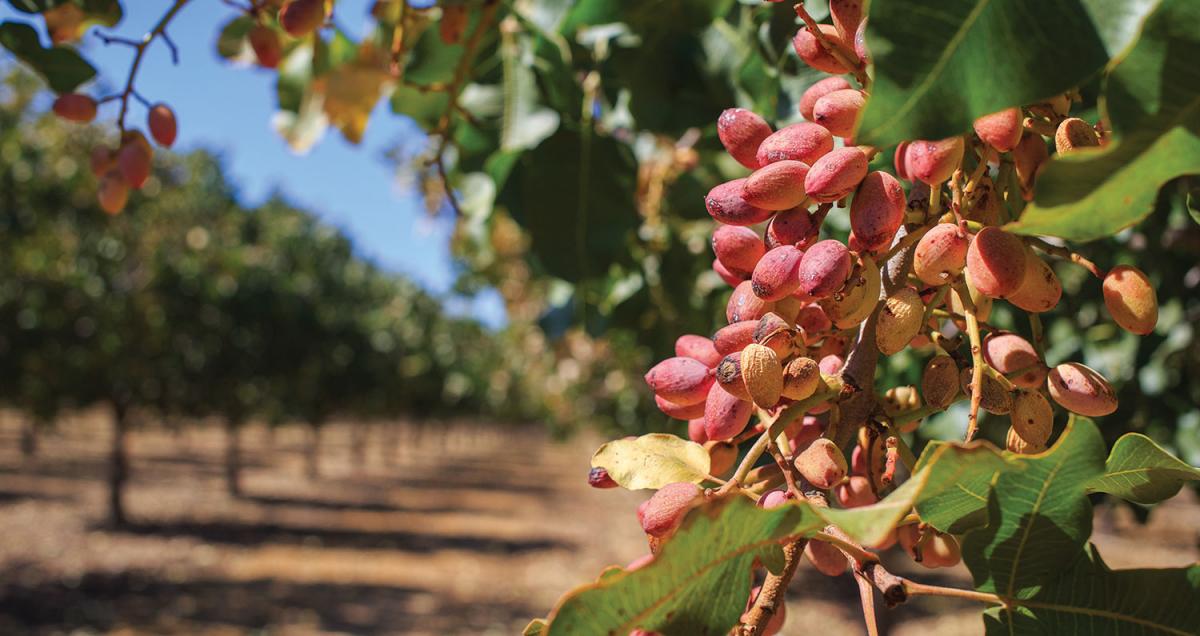
The drupe is oval or oblong, the stalk is about 3cm long, and the fruit is larger, about 2cm long and 1cm wide, with sharp apex and thin tip. When it is yellow-green, you can pink when mature.
Pistachio Tree Growth Habit & Growing Environment
Since pistachio trees are not native seedlings in China, they are only introduced to my country in remote areas. pistachio trees are commonly planted in Syria and other countries.The world is mainly distributed in countries along the Mediterranean coast, and Pistachio is also cultivated in Xinjiang. It is native to Iran and distributed in Italy, France, Greece, Turkey, Syria, Afghanistan, Iraq and other countries. There are also certain Pistachio planting areas in the southwestern United States and California. Russia and Xinjiang in mainland China have also been widely cultivated.
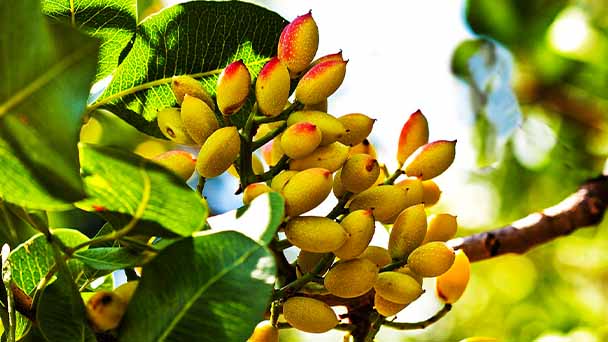
Read More:
1. Requirements and Adaptation to Soil
Pistachio trees are highly adaptable to the soil and can grow on almost all types of soil, especially deep, thick, light, or dry calcareous sandy loam, yellow loam, in clay loam, sandy soil, shallow maroon soil, light loam, lightly saline soil, etc. Soil pH is 7.7-8.0. Pistachio can also grow and bear fruit on gravelly barren mountains and semi-desert land. Growth requires trace elements such as potassium and iron. Pistachio trees are not tolerant to salt and alkali and cannot grow in places that are too humid and stagnant.2. Requirements and Adaptation to Moisture
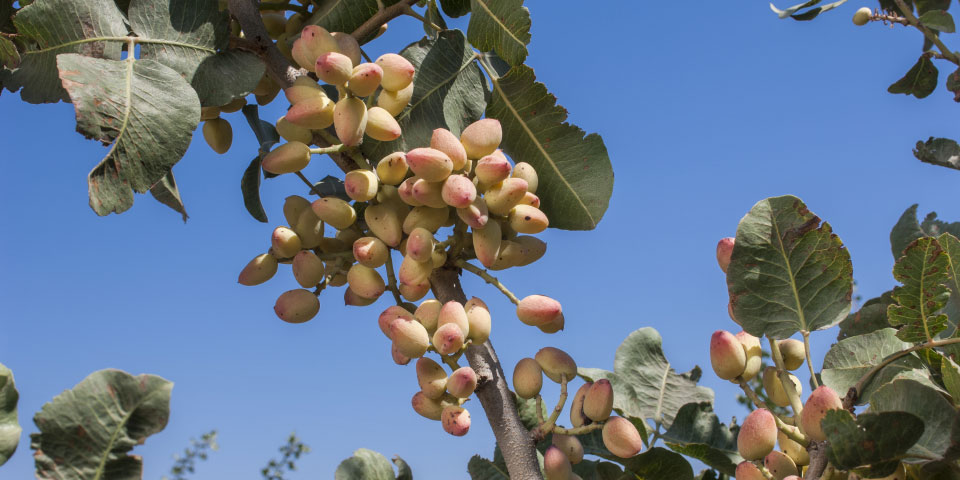
3. Requirements and Adaptation to Heat
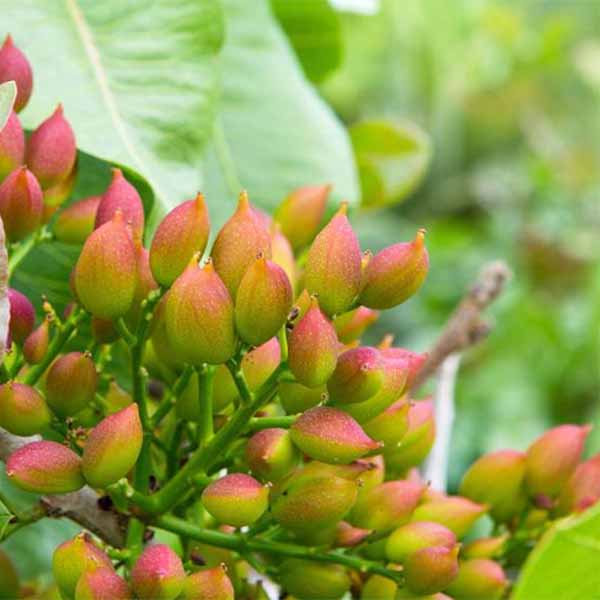
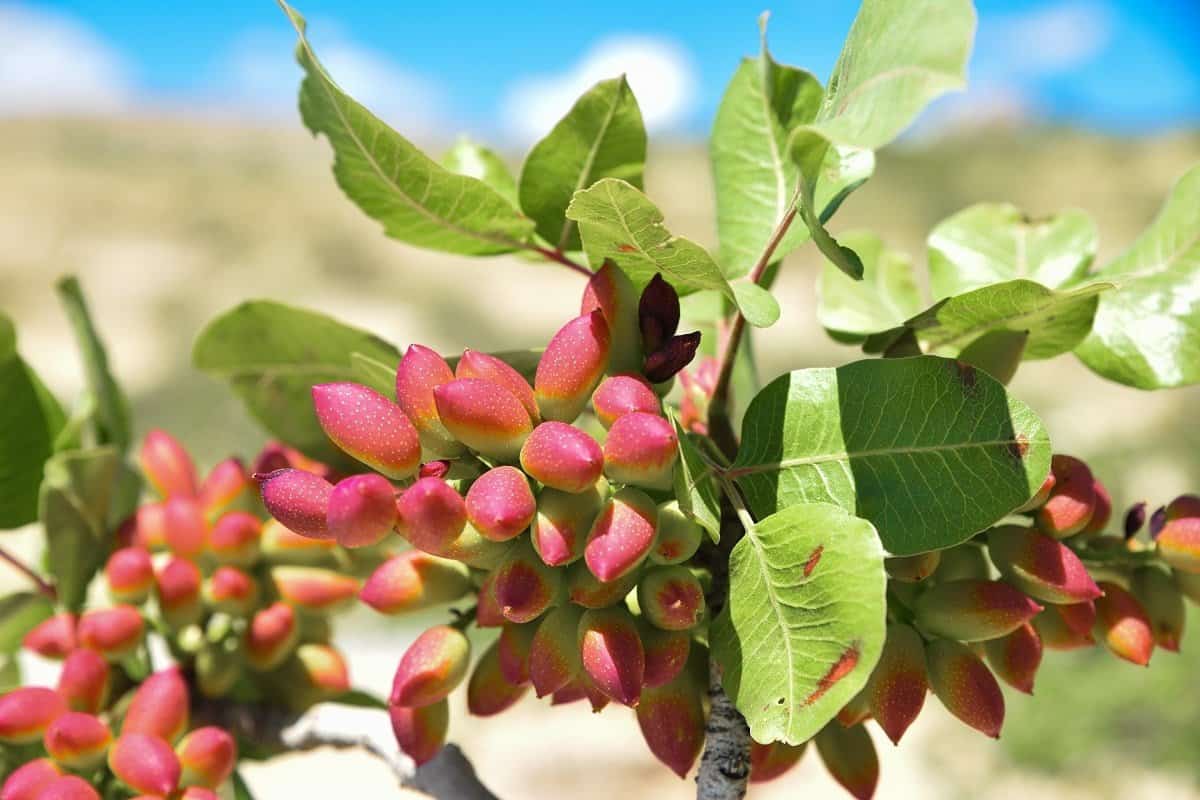
Pistachio has a strong ability to adapt to temperature, and can withstand the high temperature of 42 degrees Celsius and the low temperature limit of -26 degrees Celsius in Shufu County, Xinjiang. In Sicily, the temperature is 73.4 degrees Fahrenheit, the average temperature is 46 degrees Fahrenheit, and the low temperature of 26.6 degrees Fahrenheit does not harm the tree. In the United States, Arizona can tolerate a low temperature of 6 degrees Fahrenheit, while in Iran from 15 degrees Fahrenheit to 108 degrees Fahrenheit, in the former Soviet Union Some areas can tolerate sub-Fahrenheit temperature. Iran's Kerman is the most suitable place to grow pistachios. The average January temperature variance in 7 years is 4.4°F and the average temperature is 44.9°F. Pistachio trees need a cold enough winter to break the dormancy of buds and Long, hot, dry summer to ripen the fruit. The fruit-bearing period requires a large temperature difference between day and night. The temperature in the region is within the range of 43.8 degrees Celsius and minus 32.8 degrees Celsius, and the fruits grow well.
- Read more: How to Grow Pistachio Trees
Pistachio Efficacy and Role
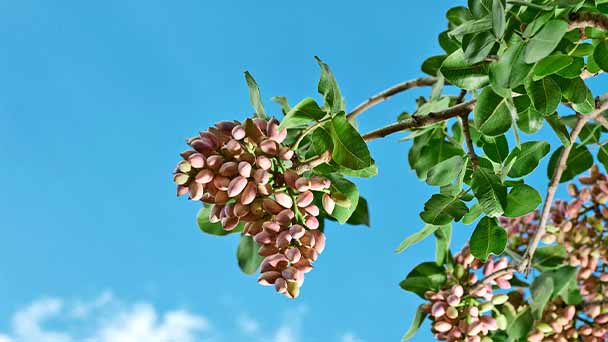
Heart Bodyguard
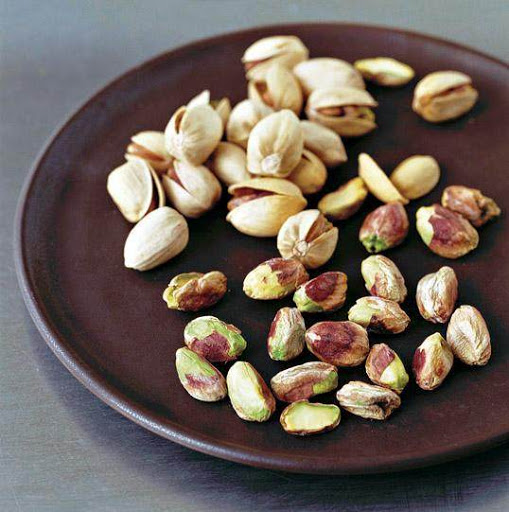
Protect Eyesight
The purple-red pistachio fruit coat contains anthocyanin, which is a natural antioxidant, while the emerald green kernel is rich in lutein, which is not only antioxidant, but Pistachio is also very effective in protecting the retina. There are benefits.Make the Body Slim
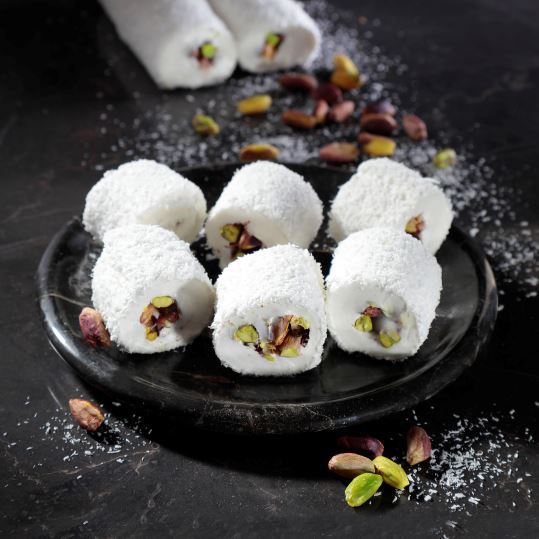

Pistachio Tree Cultivation
Pistachio plant is a dioecious plant, cone inflorescence, pollinated by wind media, and generally pollen can spread 50 to 70 meters. Flowering period of the same plant is 6-15 days. The Pistachio tree body is a small tree or arbor with a life span of more than one hundred years. The crown opening and branching are weak, and the branches of Pistachio develop and bear fruit. The flower buds are born on the annual branch and bear fruit at 1 to 3 nodes below the top bud.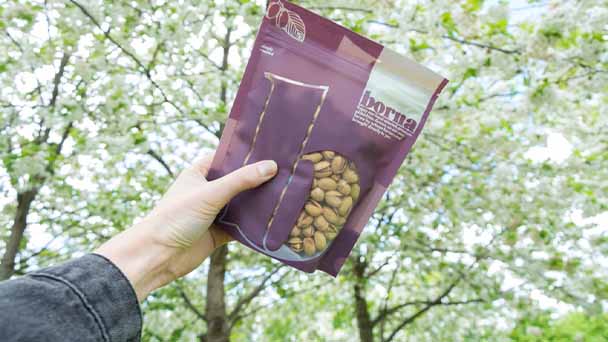
Latest Updated
- How to Grow & Care for Pistachio Trees
- Pistachio Tree Profile
- Hong Kong Orchid Tree Problems: Diseases And Remedies
- Hong Kong Orchid Tree Pros And Cons - How Fast Does It Grow
- How to Grow and Care for Hong Kong Orchid Tree
- How to Propagate Hong Kong Orchid Tree
- Hong Kong Orchid Tree Profile
- Why Are Pistachios So Expensive - 4 Main Reasons
- Health Benefits of Pistachios - Nutrition Facts & How Does It Work
- Can Dogs Eat Pistachios - What Are The Risks
Popular Articles
- Winter maintenance of Antirrhinum Majus
- How to Grow Terminalia Mantaly Tree
- How to Grow and Care for Crossostephium Chinense
- How to grow Antirrhinum Majus in spring
- Peristeria Elata (Dove Orchid) Profile: Info & Care Guide
- Underwatered Snake Plant (Sansevieria Trifasciata) - Signs And How To Fix
- How to Care for Brazilian Jasmine Plant (Mandevilla Sanderi)
- How to Grow & Care for Graptopetalum Purple Delight in Summer
- Rosa Chinensis (China Rose): Plant Growing & Care Tips
- How to Care for Baby Sun Rose (Aptenia Cordifolia)